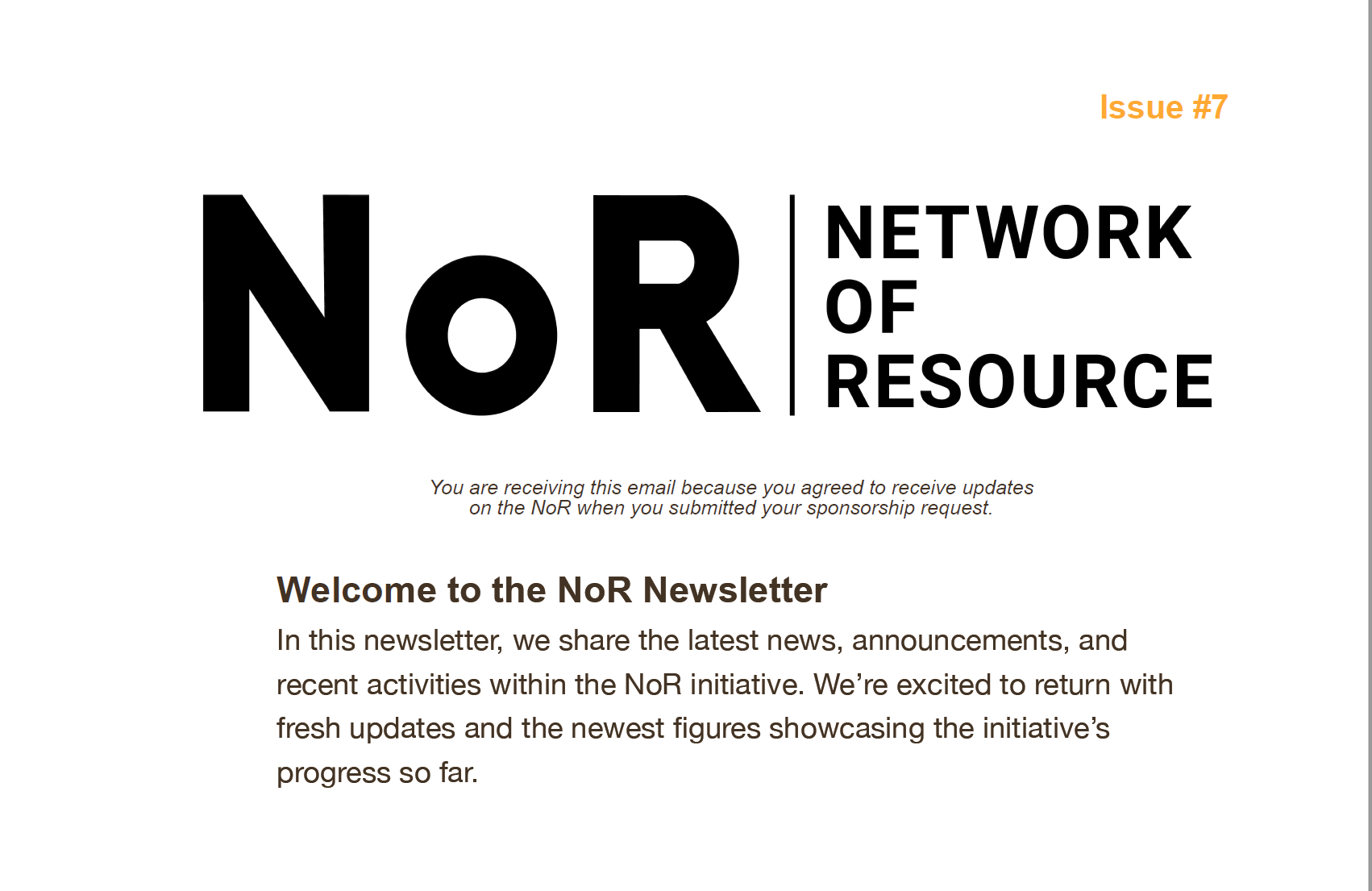VITO
1. In what way do your company’s cloud services listed in the NoR Portfolio help the EO community?
The Copernicus Data Space Ecosystem and Terrascope openEO services empower researchers, developers, data scientists, and service providers in the Earth Observation (EO) community to collaborate and analyze data more efficiently. Unified data access through a standardized API simplifies connecting to cloud back-ends and accessing diverse datasets, including Copernicus Sentinel data. Scalable cloud processing supports users in handling large-scale data across cloud infrastructures, minimizing the need for local resources. Using the openEO API ensures interoperability across different platforms and technologies, allowing seamless integration. A key benefit of using openEO API is programming flexibility, enabling users to interact with the API using JavaScript, Python, or R, catering to different expertise levels and preferences. Users can share and integrate EO algorithms in research or operational applications, while service providers can offer and promote their EO technology and services. A set of data and services is available with a free monthly subscription. Users needing more data or services can order additional credits and scale up executions. These additional credits/subscriptions can be requested via VITO’s offerings on the NoR. Finally, VITO provides various support and training packages to help users maximize the powerful openEO services on the Copernicus Data Space Ecosystem and Terrascope.
2. Have you seen a change in users’ needs/expectations in using your services over the last years?
The initial services offered by VITO on the NoR platform included access to data and processing environments through virtual machines and storage at the Terrascope Processing Platform. This enabled users to handle and process Earth Observation (EO) data on the Terrascope infrastructure, reducing the need to download large-scale data and manage local infrastructure, resources, and expertise. With the current evolutions in EO Exploitation Platforms and the openEO API, users and service providers now require mature operational services and infrastructure to optimize workflows and services for offering research or operational applications to the end-user. The focus has shifted to providing additional credits or more advanced subscriptions for openEO processing services. Alongside these additional credits, users also request support.
3. Tell us something about your company that you think people don’t know.
VITO is the science-to-technology partner supporting businesses, governments, and society in their sustainability transition. VITO provides advice and solutions to accelerate innovative pathways toward resilient ecosystems, a circular and regenerative economy, and a healthy living environment. Our 1,200 researchers collaborate in diverse expert teams to translate scientific insights into practical solutions. With more than 25 years of experience and 130 experts, VITO’s remote sensing team offers unique expertise to map, monitor and analyze our environment. With a wide range of image processing knowledge and tools, and extensive network of partners in corporate and government sectors spread across the globe, our services are spread across multiple applications including agriculture, biodiversity, climate, water, infrastructure and security. We combine data and advanced technologies to develop and share valuable information, tools and services, highly tailored to your research objectives or operational needs. Based on your real-world questions. Built to provide you real-world answers. Curious about how remote sensing and geo intelligence can elevate your needs? Contact us today and let’s embark on a journey of discovery together! For more information, please visit our website http://remotesensing.vito.be and follow us on LinkedIn.






























